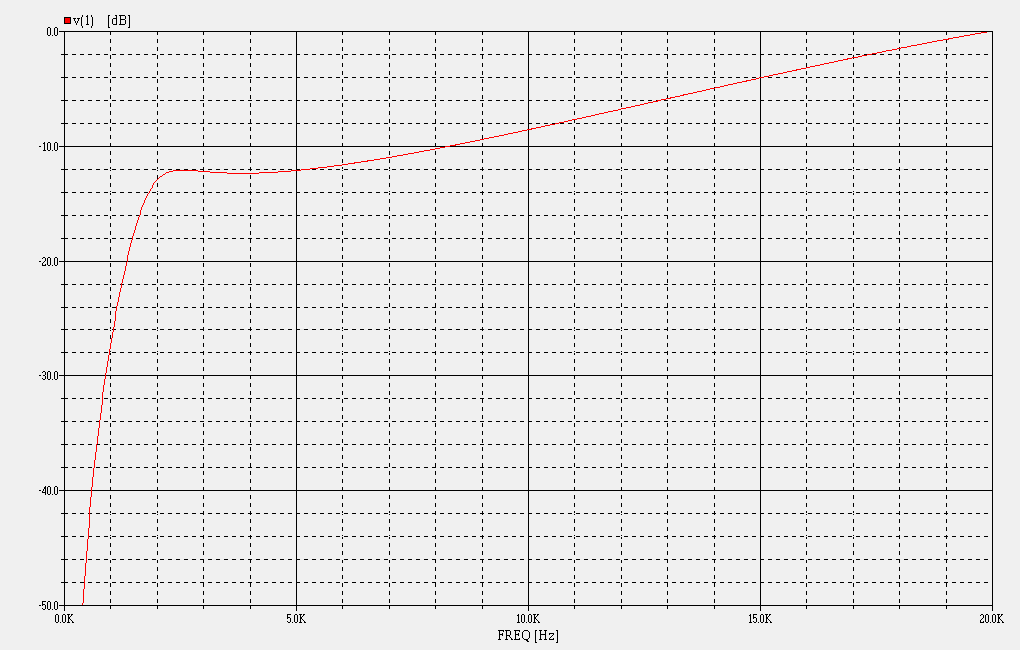

Posted by Wayne Parham [ 70.234.97.75 ] on February 24, 2008 at 17:54:01:
In Reply to: Wayne, crossover and L-pad confusion posted by Bill Epstein on February 24, 2008 at 15:48:07:
The typical 8Ω L-Pad is designed to maintain impedance of 8Ω to the source. This, of course, assumes two things, neither of which are true. The first assumption is that the load is a fixed 8Ω resistance. Loudspeakers aren't. The second assumption is that a constant 8Ω load to the source is desirable. In most cases this is true, but in this case, it's not.
The values I've chosen for the compression driver horn circuit are purpose-designed to provide a little less damping to the crossover circuit than what you get from 8Ω. This makes a response curve with flat response from the crossover point up to the frequency where HF augmentation begins. A typical L-Pad with bypass capacitance would make response be a diagonal line from the crossover point up. That's why a compression horn using a typical L-Pad sounds thin to you. The power response of a compression driver is flat for a couple octaves, then starts falling off after that. The conjugate of this is to be flat for a couple octaves, and then start augmentation. That's exactly what we get from the values used in the π crossover:

[ PiSpeakers Forum ] [ Help ]